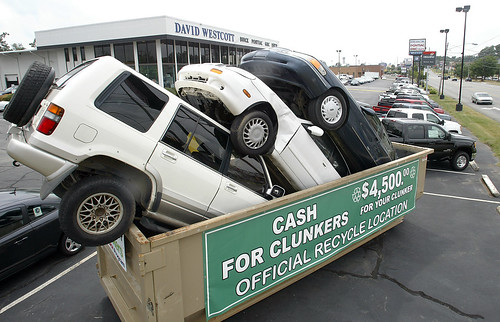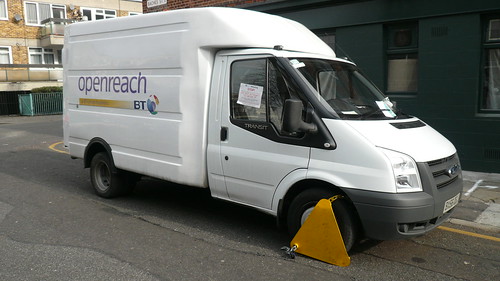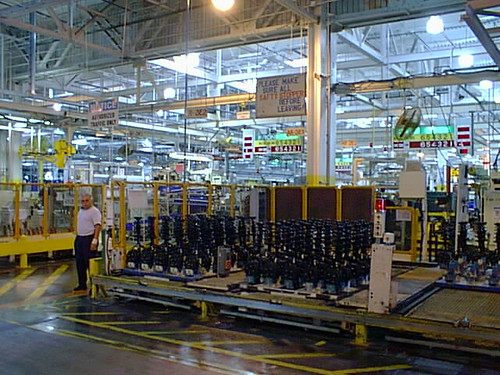Public Private Ventures in Transportation Conference – September 24-25, 2009 @ Washington, DC
(Source: Bernie’s TCN – Aug. 26, 2009)
One longtime observer calls the American Road & Transportation Builders Association’s (ARTBA) Annual “Public-Private Ventures (PPV) in Transportation Conference” the “de facto voice of the transportation community” on issues relating to private financing of transportation infrastructure projects.
It’s a reputation that’s been hard-earned – 20 years in the making. This September 24-25, in Washington, D.C., ARTBA will host its “21st Annual PPV Conference” at the L’Enfant Plaza Hotel. If you or your organization is involved or interested in the P3 market, this is an event you won’t want to miss!
This year’s PPV Conference will be special… because there is a lot happening… and a lot at stake!
What role will P3s play in this year’s important rewrite of the federal surface transportation law? More importantly, what’s happening out in the state legislatures, where the “rubber meets the road” on transportation financing choices?
Once again, ARTBA is assembling key experts and leading voices from on and off Capitol Hill to give you the latest intelligence and “heads up”!
This year, ARTBA plans to produce the largest and best conference to date. Don’t miss your opportunity to attend this incredible event!
Who Should Attend?
The PPV Conference owes its success to its blend of public and private sector participants. Conference attendees have included individuals from the following industries…
Why Should You Attend?
Attendees of previous PPV conferences will attest to its most distinguishing-and valued-feature…
Public-private partnerships (P3s) in transportation represent a significant opportunity to help states address their transportation infrastructure funding. While much is being debated in Washington, the future of P3s is being decided in state legislatures. An increasing number of states are allowing P3s at some level for transportation.
For 20 years, the American Road and Transportation Builders Association has held the premier conference on P3s. Our goal each year is to explore the facets of P3s and to share best practices. P3s have the potential to offer tremendous value to states in getting key projects built harnessing the value by partnering with the private sector to speed delivery of transportation solutions, grow transportation programs off budget and unlock value in state transportation assets.
This year’s conference will feature three educational tracks over two days that will explore the role that P3s play in our nation’s transportation infrastructure development and the world.
Download original program pdf.
Click here for more details of the event.













